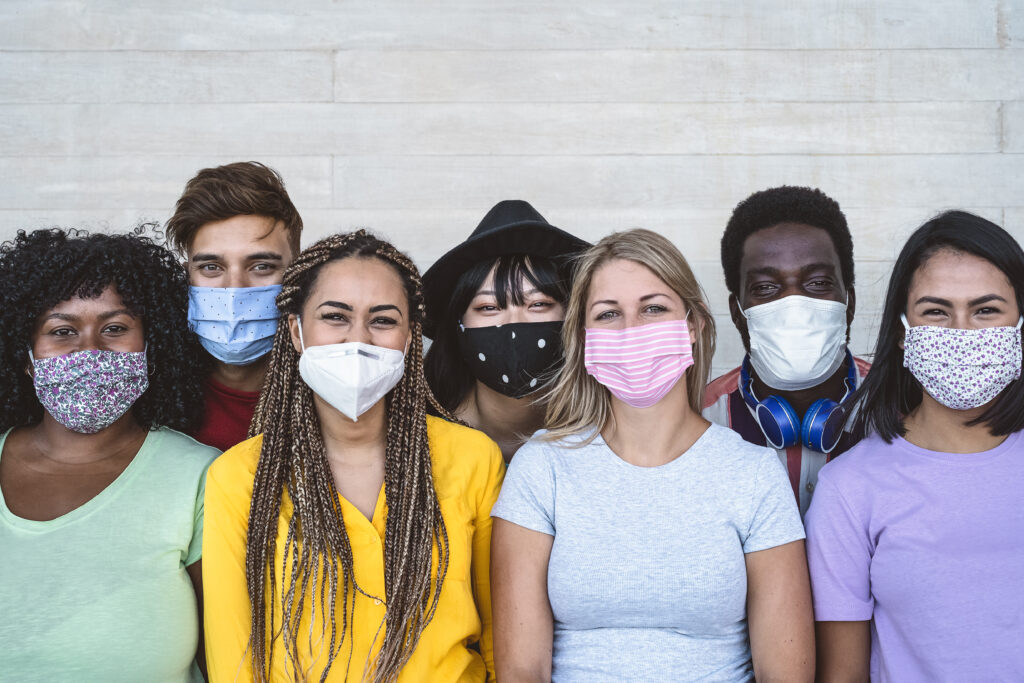
Sport England have released a free-to-use image bank of over 400 pictures as part of its “This Girl Can” campaign. It’s a response to the prevalence of unrealistic images of women taking part in sport: never red-faced, never breaking a sweat and with little diversity in age, ethnicity and body size. As a result, individuals who feel they don’t “fit the bill” are further discouraged from taking up a new sport or getting involved in exercise to the detriment of their physical and mental health.
Kate Dale, the campaign lead for This Girl Can, said: “We know there are barriers women have to exercise, fears of judgment and feeling that they will fail. We are encouraging behavioural change, which can be difficult if women’s misconceptions are often reinforced on a daily basis by the imagery they view in media, advertising and online.”
This skew in representation is yet another argument for diversity at the highest levels of marketing and in the media. Consider the pulling of a recent government coronavirus ad that depicted women cleaning and home-schooling whilst the lone male figure was reclining on the sofa.
We are all human and we all make mistakes in judgement, however, if representative teams existed within advertising, then many of these careless campaigns would never make it past the pitch stage.
Interestingly, it’s not just women who feel misrepresented. Research carried out by media agency UM in conjunction with mental health charity the Campaign Against Living Miserably (CALM) and publisher Joe Media found that 64% of male respondents thought negative representations in advertising can do real damage. Younger respondents also didn’t connect with male stereotypes such as being “always strong” or “a lad”. Almost half of those under 35 found these clichés to be detrimental and dangerous.
As a small business, how can you improve your gender-sensitive communication? What considerations can be made when selecting imagery or putting together copy for your website or media campaigns? Consider your target audience – when we see images of people who look like us, we respond positively. Equally, welcoming and diverse imagery can help to boost engagement on website or social media platforms. Authenticity also pays. Could you share images that your customers have tagged you in? Such photos are an endorsement and build trust in your brand.
As obvious as it sounds, steer clear of images which depict people stereotypically, such as female homemakers, or male builders. Include a wide range of people in different environments.
In terms of copy, it can be useful to ask yourself, “would I ever use this word to describe a man?”, or vice versa. Can you find an alternative? Words such as “bossy” or “hysterical” are good examples of words with negative gender connotations.
Why bother mentioning a person’s gender when it comes to speaking or writing about occupations? This tends to underline the idea that the “normal” version of the profession is gendered. Take, for example, the terms “female professor” or “male nurse” – sounds silly, doesn’t it?
We serve clients who want support from public relations professionals who can assist them with their communication programmes. Our work includes PR strategy, media liaison, writing, marketing, brochure and web design.
Our clients want support from people who will be proactive in their approach and who have their clients’ interests at the heart of what they do.
Although based in Surrey, we serve clients from around globe looking for a positive impact to their communication activity.